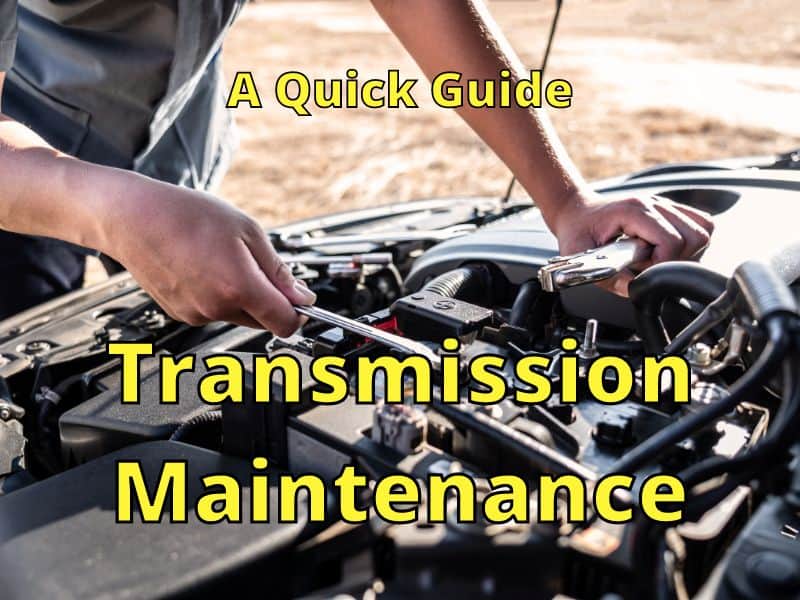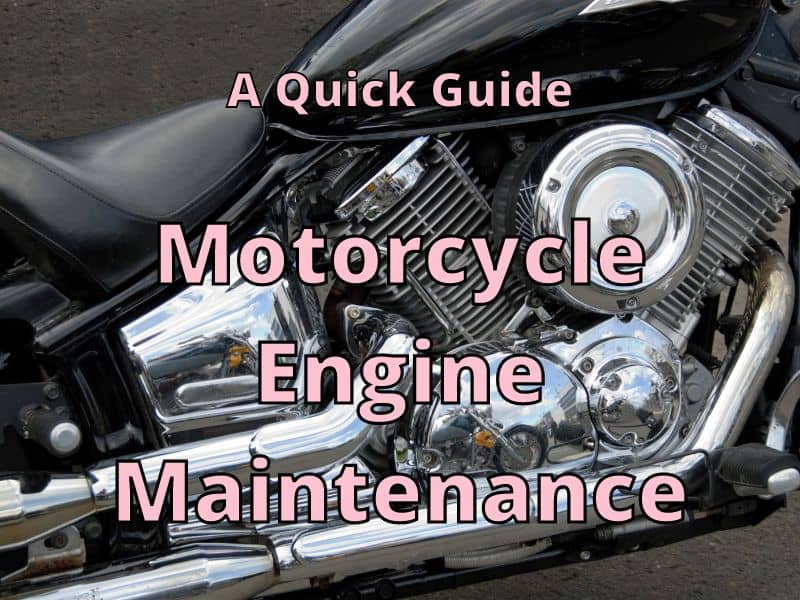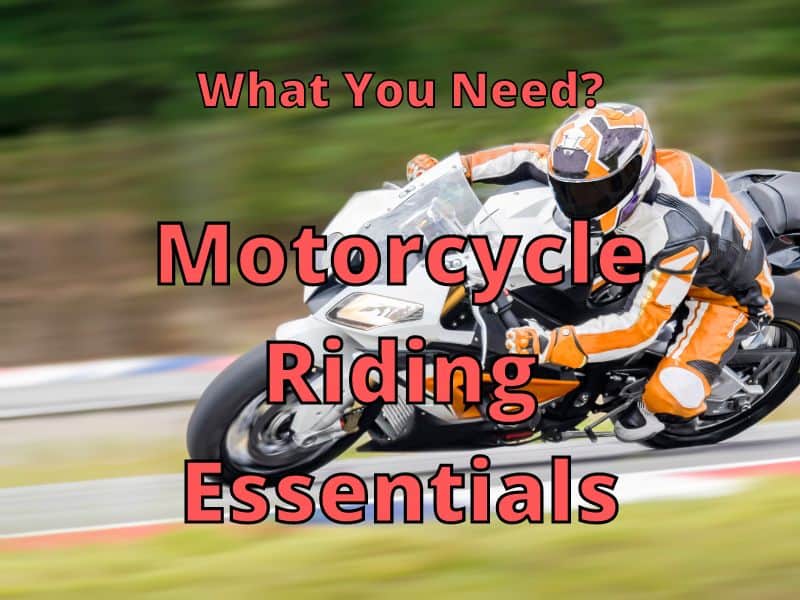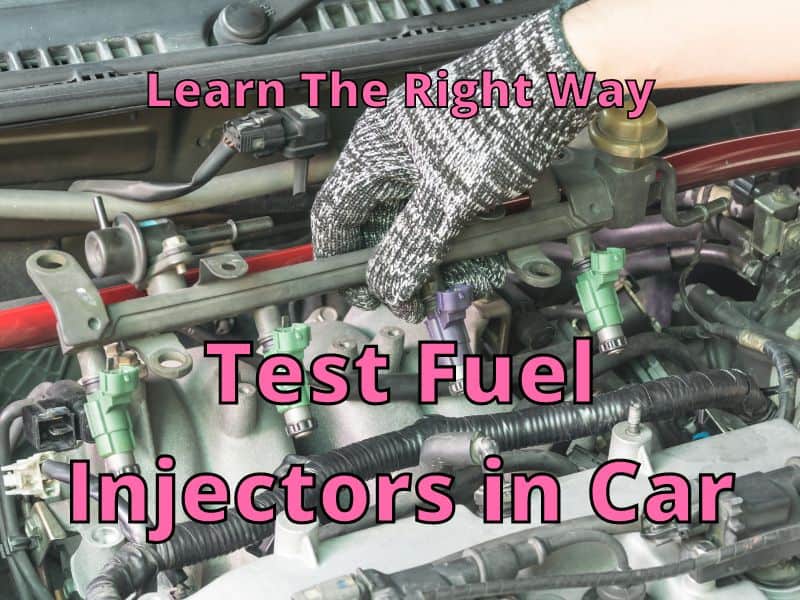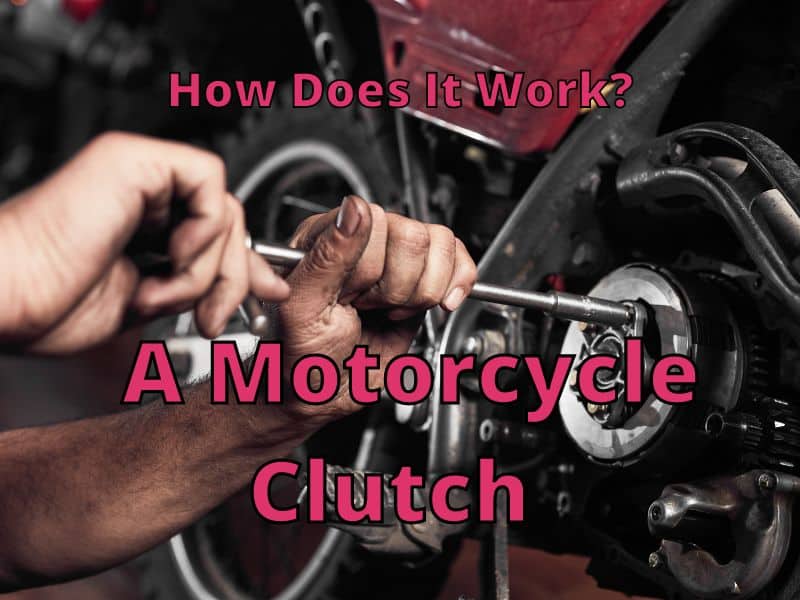The transmission is one of the most important parts of your car’s engine, as it is composed of moving parts that need regular maintenance to be in perfect working order. Most of us would know how to check the oil level or replace air filters but would not even consider caring for the transmission, which literally is the component that makes your car move.
Performing transmission maintenance on your vehicle is a very easy task that you can do without any professional help, which would cost you a substantial amount. Here are a few steps on how to perform transmission maintenance on your vehicle.
- Determine the Problem and Its Causes
- Make Adjustments
- Inspect Wear and Tear
- Check the Manual
- Clutch Assembly
Caring for your transmission is equally as important as caring for the other vehicle components. Read on if you want to know more.
Proper Transmission Maintenance
If you ever experience that your manual transmission is getting harder to shift, there must be something wrong with it. There could be a misalignment caused by rust residue found on the pressure plate and disc. In order to prevent these instances from happening, proper transmission maintenance is mandatory, which includes the following:

1. Determine the Problem and Its Causes
In the event that one out of the two transmission dowel pins of the driveline is missing, you might want to have it checked. These components, which allow the transmission to tilt down on the passenger’s side of your car, might be causing the misalignment. In addition, it might be the input shaft found on the transmission that is heavily worn out that is also caused by the misalignment.
Correcting this misalignment would require you to make a new dowel pin to be used for the transmission and its installation. While this is only an example of a fix to many problems involving the transmission, the servicing and reassembling of the transmission components also apply to the clutches.
2. Make Adjustments
Before you put the clutch back together, we would recommend that you resurface the flywheel first. In addition, installing a new pilot bearing is essential. You should also consider applying a drop of adhesives to the bolts’ threads before you bolt the flywheel to the engine. After, you need to clean the pressure plate and the flywheel by using acetone, which prevents oil on the surface.
In case you don’t know, the flywheel and the pressure plate are the areas where you don’t want any kind of lubrication. Another thing to take note of is that you should use the correct alignment tool when you position the disc to the flywheel. Lastly, do not forget to drop adhesive into the bolts’ threads when you bolt and torque the pressure plate into the flywheel.
3. Inspect Wear and Tear
Aside from replacing the transmission’s pilot bearing, you also need to follow the same procedure as with the throw-out bearing of the transmission. This is because release issues can result from a worn pilot bearing or the scoring of the collar inside the throw-out bearing. This is the reason why regular inspection of the hardware, as well as high-quality aftermarket replacement, is necessary.
4. Check the Manual
Before you perform any clutch removal or installation procedure, we would recommend that you check the factory-approved service manual first. It is also advisable that you use factory-recommended transmission fluid and clutch release hydraulic systems, which ensures the prolonged lifespan of the clutch’s components.
In addition, always check the engine block dowel pins, as well as the bell housing, for wear. Doing this inspection will help you to ensure proper alignment, including the concentricity and parallelism of the bell housing.
5. Clutch Assembly
When installing a pressure plate or a new clutch disc assembly, always remember to resurface the flywheel first. Doing this would make sure that the clutch disc’s friction material fits perfectly into the flywheel for maximum service life and optimum holding capacity. To add, you also need to inspect the flywheel for runout before the resurfacing process.
In case you find excessive runout, you need to check the flywheel for proper balancing. The clutch disc on the transmission’s input shaft should also be checked before you install it into the flywheel. Doing so will ensure that it fits properly, thus, preventing misalignment. It is recommended that you scrutinize your car for clutch problems before you perform any assembly.
Tips on Transmission Maintenance

In this section, we will be discussing some of our recommendations for you to effectively perform maintenance on your transmission. Here are some tips:
Routine Maintenance
It should be noted that your transmission fluid must be changed every 15,000 miles. It would be great if you already have a regular maintenance schedule with your mechanic, as the change will already be taken care of. If you don’t, however, make sure to make the change at 15,000, 30,000, 45,000 milestones, and so on.
Regularly Check the Fluid Levels
Through the use of a dipstick, check the fluid levels of your transmission regularly. Make sure that the levels are in accordance with the manual’s standards. In addition, be sure to look out for any discoloration. If you notice any leaks, have the seal replaced.
Make Sure You Completely Stop Before Shifting
In order to prevent wear and tear on the transmission’s components, make sure that you have come to a complete stop before you shift gears. This would also be recommended, especially if you are quickly moving between forward and reverse gears.
Take Proper Care of the Brakes
In case you’re not familiar, putting pressure on the brakes while driving only causes additional stress to your vehicle’s engine and transmission. With this, we do recommend that you be careful not to overuse the brakes, especially in stop-and-go traffic. To add, always use the parking brake when parked on an incline, as it will reduce the stress on the parking linkage.
Take Proper Care of Your Vehicle’s Engine
Your whole vehicle is a fine-tuned and sophisticated machine that comes with a collection of working components and parts. If your engine is already malfunctioning, it only adds extra stress to the transmission. Regular maintenance is required for the transmission, and the same would also go for the engine as well.
Conclusion
To prevent major problems, it is recommended that you perform regular transmission maintenance on your vehicle. In addition, you can also save a lot of money from repair if you have performed preventive measures. These tasks can be done on your own without needing to contact your mechanic. Make sure that you have checked the tips to help you with the process.

